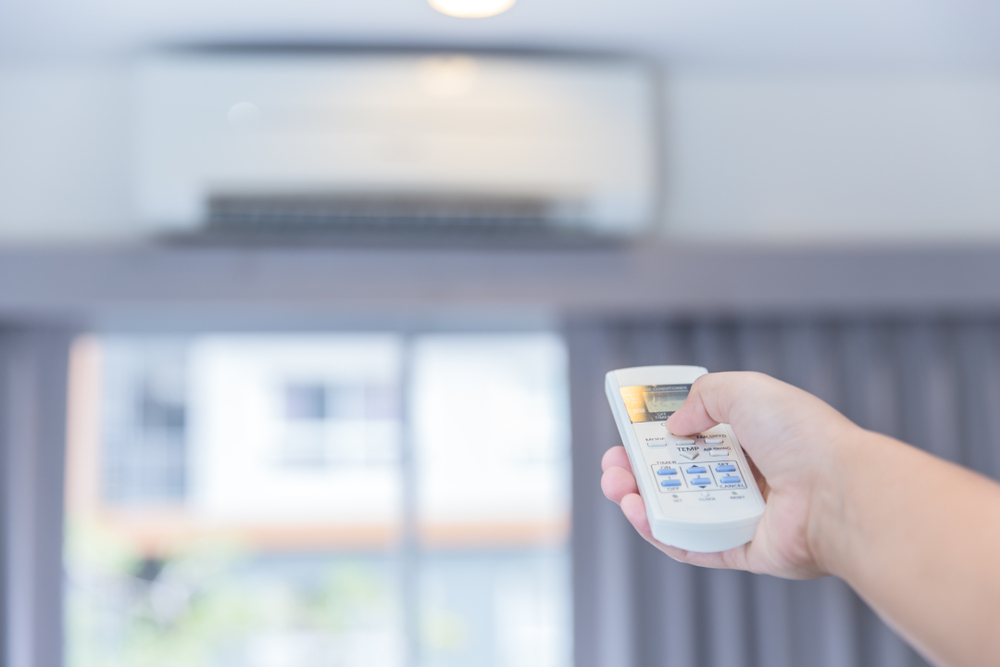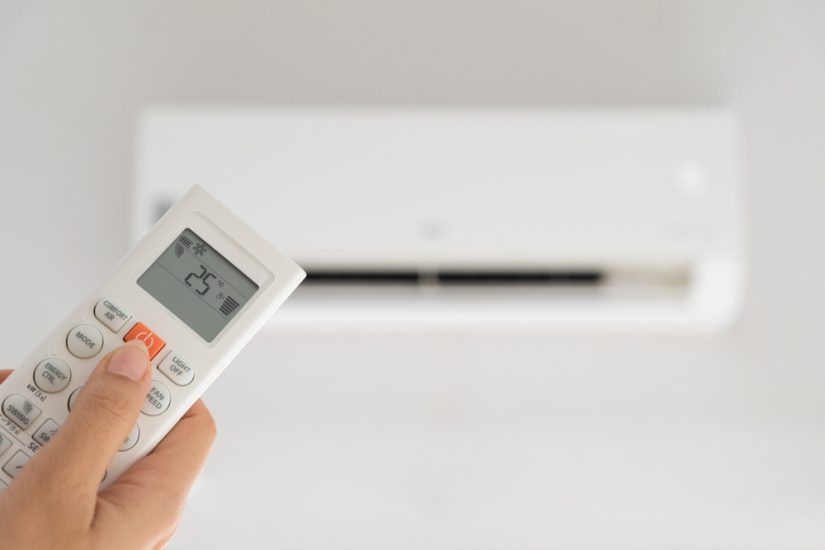
Split system HVAC units are a popular choice for both residential and commercial properties. These systems consist of an indoor unit and an outdoor unit, working together to cool or heat your space efficiently. What makes a split system stand out is its ability to provide cost-effective and powerful climate control.
A key feature of split systems is their design, which allows for quieter operation compared to traditional HVAC systems. The indoor unit is placed inside the home, while the noisier compressor is housed in the outdoor unit. This separation not only reduces indoor noise levels but also contributes to more efficient energy use.
Understanding HVAC Split Systems
HVAC split systems are popular for their efficiency and flexibility. They consist of separate indoor and outdoor units and can be either ducted or ductless.
Core Components
Every HVAC split system includes an indoor unit, an outdoor unit, and refrigerant lines that connect the two. The indoor unit contains the evaporator coil and the blower. The outdoor unit houses the compressor, condenser coil, and a fan.
Refrigerant lines circulate the refrigerant between the indoor and outdoor units. This refrigerant absorbs heat from indoors and releases it outdoors. There is also a thermostat that controls the system. Control boards and various sensors help regulate operation.
Split System Types
Ducted split systems use ducts to distribute air throughout the home from a central unit. This type is common in larger homes and provides consistent temperature control.
Ductless split systems, or mini-splits, do not require ductwork. They are ideal for homes without existing ducts or for room additions. They consist of one or more indoor units connected to a single outdoor unit.
Advantages of Split System HVACs
Split system HVACs offer numerous benefits, such as enhanced energy efficiency, improved indoor air quality, precise temperature control, and versatile installation options.
Energy Efficiency
Split system air conditioning is known for their energy efficiency. They often feature inverter technology, which adjusts the compressor speed to maintain the desired temperature, reducing energy consumption. Compared to traditional systems, split systems can save homeowners significant amounts on their monthly energy bills. Thanks to their design, split systems eliminate the need for extensive ductwork.
Indoor Air Quality
Improved indoor air quality is another significant benefit of split system HVACs. These units typically come with advanced multi-stage filtration systems designed to trap dust, allergens, and other airborne particles. This is particularly beneficial for households with individuals who suffer from allergies or respiratory issues.
Maintaining a stable and clean airflow throughout the home, these systems contribute to a healthier living environment
Temperature Control
One of the major advantages of split systems is their ability to provide precise temperature control. Each indoor unit usually comes with its own thermostat, allowing for zone-specific heating and cooling. This means different rooms or areas can be maintained at different temperatures, catering to various preferences.
This localized control can also lead to energy savings. Homeowners can avoid heating or cooling unused spaces, focusing energy use only where it is needed.
Versatile Installation
Versatile installation options make split system HVACs an attractive choice for many homeowners. Unlike traditional HVAC systems that require extensive ductwork, split systems are connected by simple conduit, which includes the power cable, refrigerant tubing, suction tubing, and a condensate drain.
This flexibility allows installation in a variety of settings, including older homes without existing ductwork. The compact and modular design also means units can be placed in optimal locations for performance and aesthetic reasons.
Installation Guidelines
Proper installation of a split system HVAC unit is crucial for optimal performance and longevity. Key considerations include evaluating the installation site and choosing a suitable unit.
Assessing Your Space
Accurate space assessment ensures efficient HVAC operation. Measure the dimensions of the room and consider ceiling height. Identify available wall space for indoor unit placement, ensuring it’s free from obstructions and receives adequate airflow.
Consider the proximity of the indoor unit to windows and doors, as external heat can affect efficiency. Evaluate exterior wall space for mounting the outdoor unit; it should be on a stable surface with sufficient clearance from shrubs or other obstacles.
Selecting the Right Unit
Selecting the appropriate unit depends on the room’s size, insulation, and intended use. BTU requirements are essential to match; a room too large or too small can cause the system to cycle improperly, reducing efficiency.
Energy efficiency ratings (SEER) help determine long-term savings on energy bills. Choose a unit with a high SEER rating for better performance and lower operational costs.
Consider features such as programmable thermostats, anti-allergen filters, and noise levels. These can enhance comfort and satisfaction.
Finally, ensure compatibility with existing electrical systems. Verify voltage and wiring specifics to avoid complications during installation.

Maintenance Essentials
Regular maintenance ensures your split system HVAC operates efficiently and prolongs its lifespan. Focus on routine upkeep and professional servicing for optimal performance.
Routine Upkeep
Routine upkeep involves simple tasks that homeowners can perform regularly. Air filters need checking and cleaning monthly. Dirty filters obstruct airflow, causing the system to overwork. Replace filters every 3 months, or sooner if needed.
Outdoor units should be kept clear of debris. Leaves, dirt, and twigs can clog the unit, reducing efficiency. Regularly inspect and clean the area around the unit. Indoor units should also be dusted and wiped down to maintain cleanliness.
Ensure the thermostat settings are correct. Calibration checks guarantee accurate temperature readings. Also, inspect drain lines periodically to prevent blockages, which can cause water damage.
Professional Servicing
Professional servicing, typically conducted annually, includes in-depth checks and adjustments. A technician will inspect the refrigerant levels to ensure optimal cooling. Low levels might indicate a leak which needs immediate repair.
They will also check the electrical connections for safety and functionality. Loose or frayed wires can be hazardous. Cleaning the coils (both evaporator and condenser) is crucial for efficiency and should be handled by a professional. Technicians will also monitor the system’s overall performance and identify any parts needing replacement. Regular professional evaluations catch issues early, preventing costly repairs.

